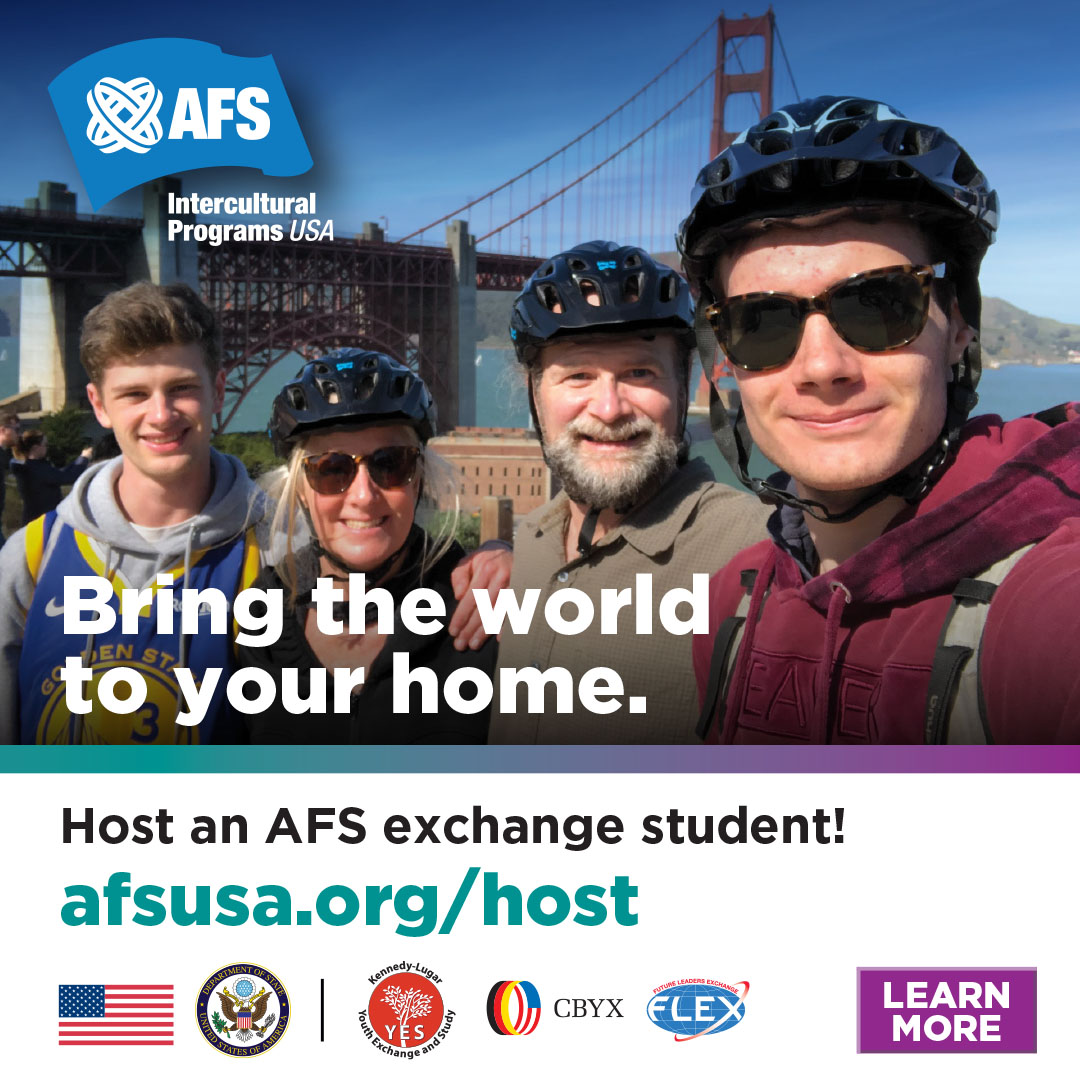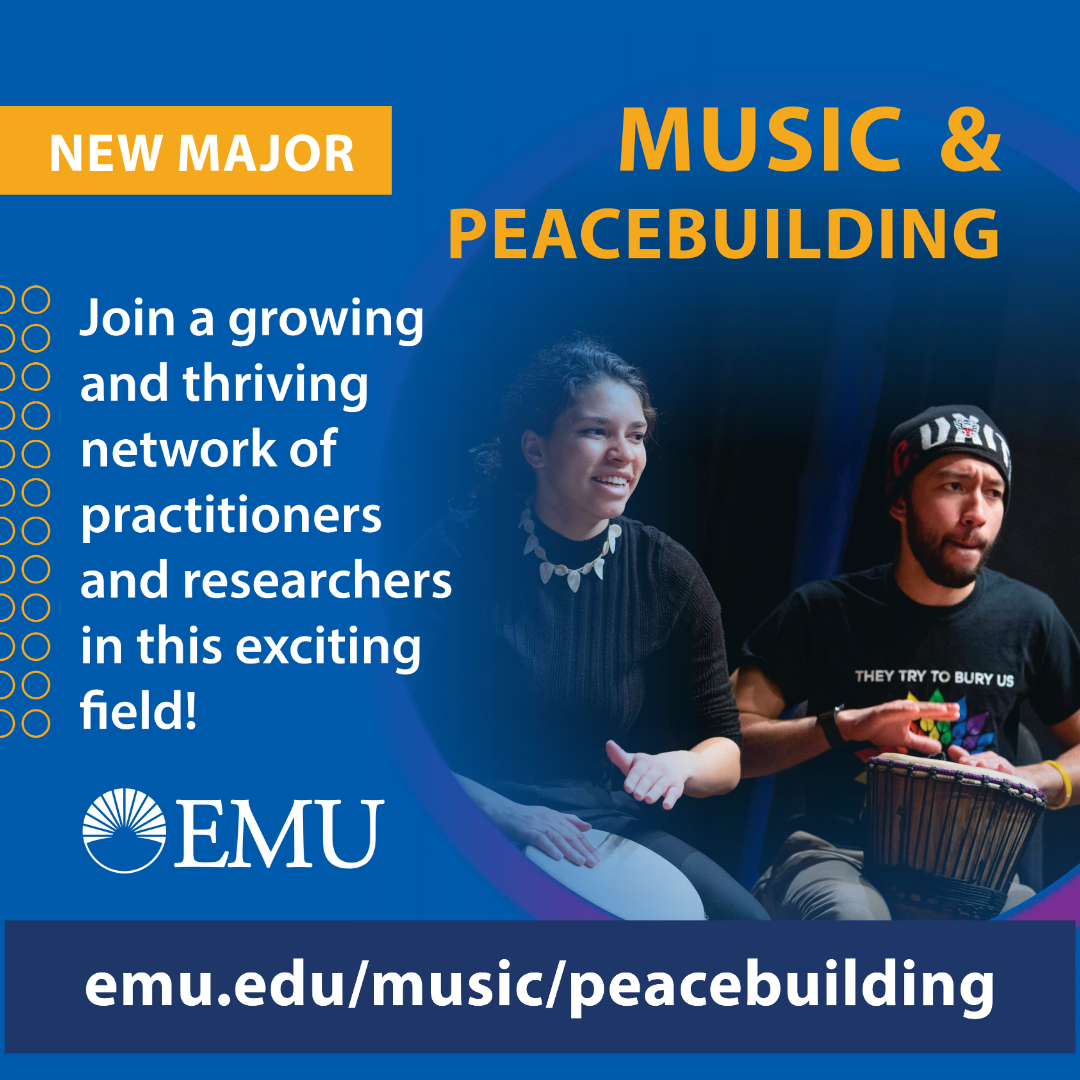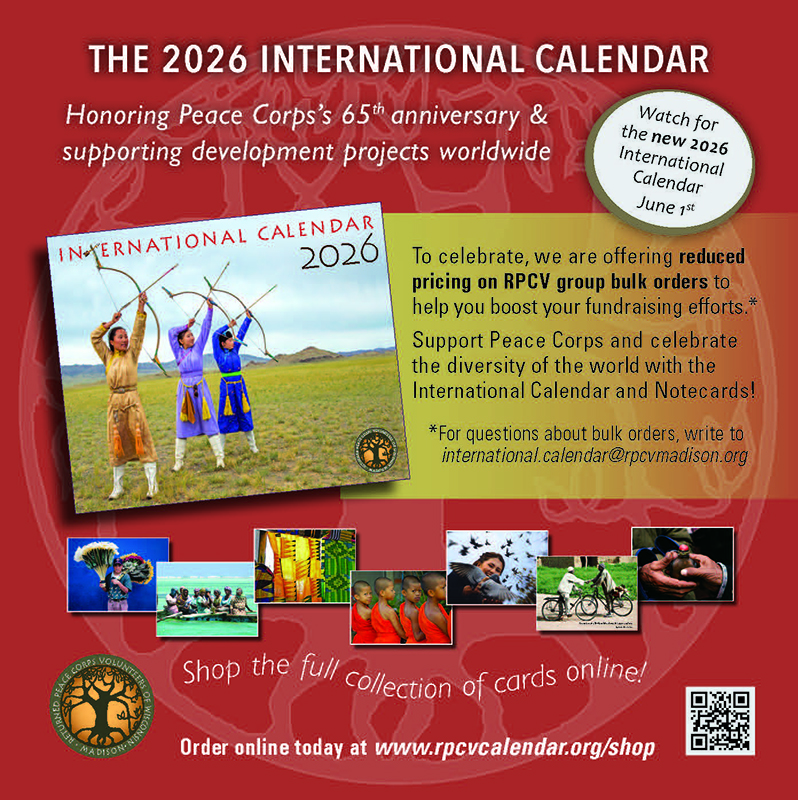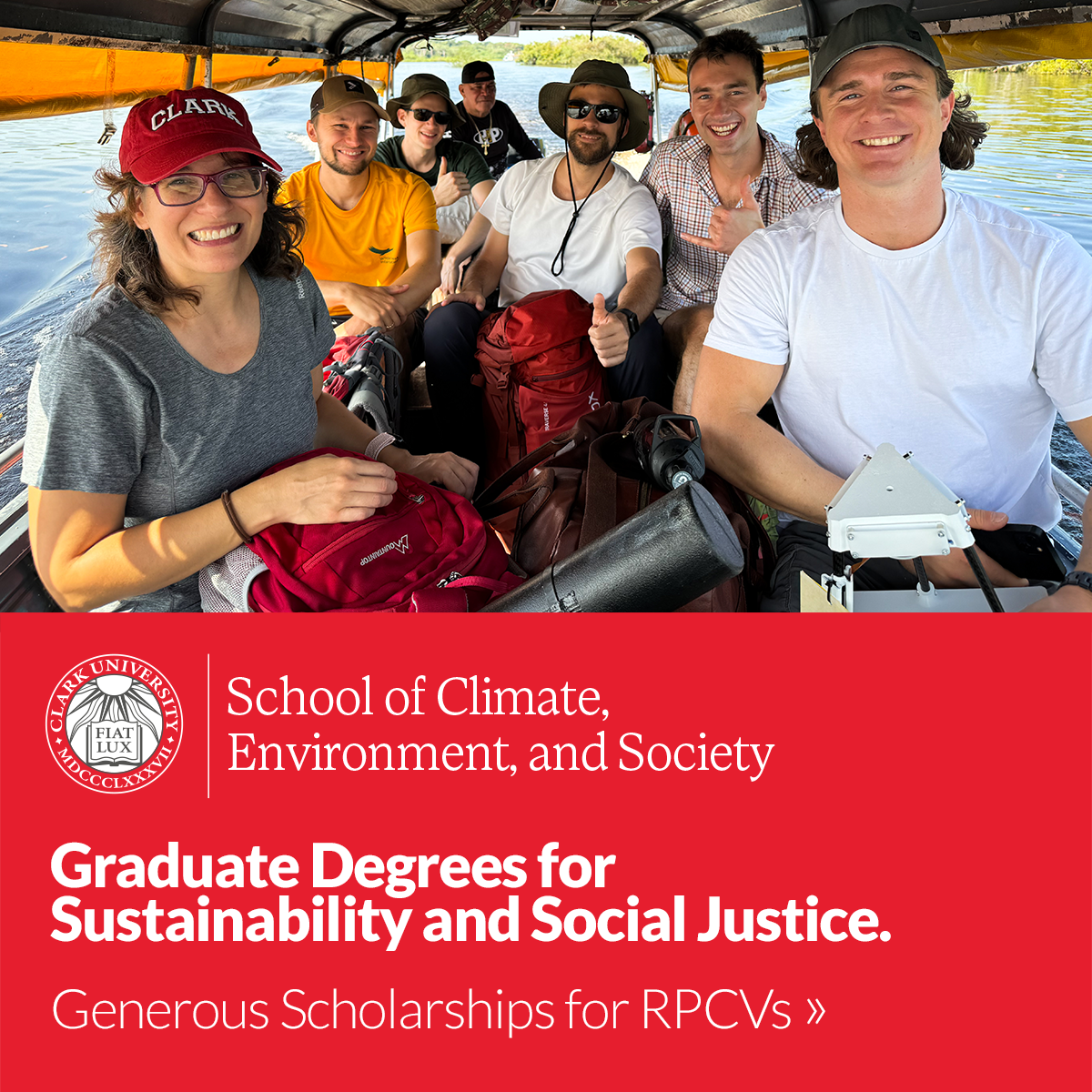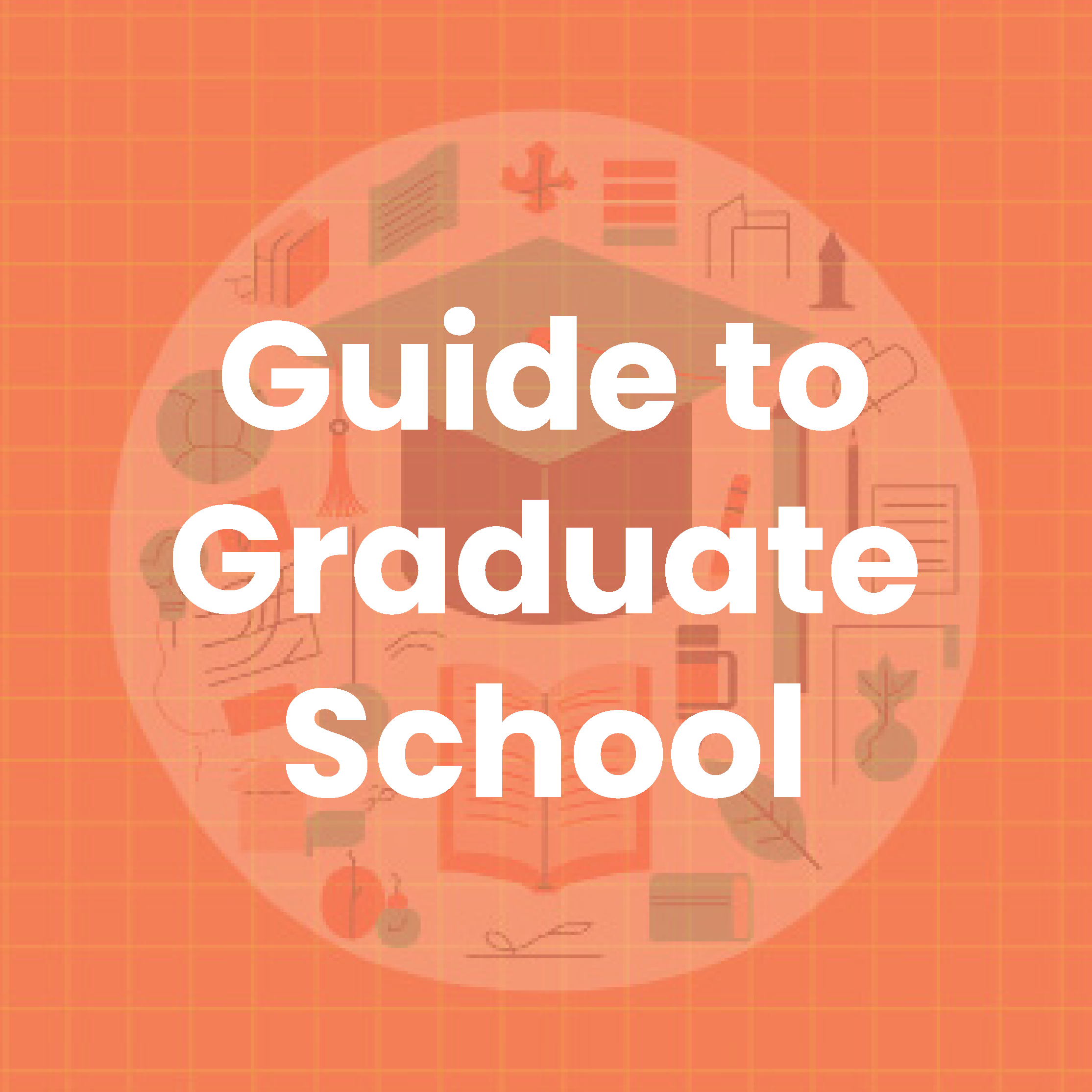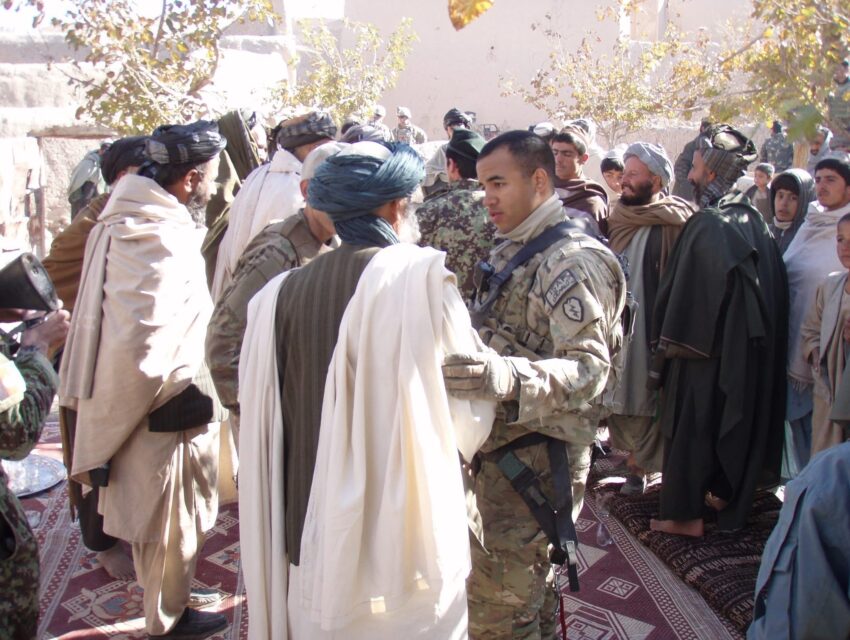
Domestic Dividend: Part III
How Peace Corps makes America safer
From its Cold War–era founding, Peace Corps has always carried national security implications. When President John F. Kennedy created the agency through an executive order in 1961, he directed its initial funding to come from the Mutual Security Act of 1954, a post–World War II law that provided economic and military assistance to developing nations. Peace Corps was formalized into law a few months later, and now more than 240,000 Peace Corps Volunteers have served in over 60 countries as a key pillar of United States national security.
“U.S. national security has historically rested on a three-legged stool: defense, diplomacy and development,” said David White, former Peace Corps Deputy Director and a U.S. Army veteran. “Our diplomats and military cannot be everywhere all the time, so the Peace Corps has served as a consistent and reliable backstop for American engagement across the world.”
American military and diplomatic efforts are overseen by the Department of Defense and the Department of State, respectively. The mission statements of both agencies explicitly state their roles in supporting national security interests, but those efforts are also underpinned by the Peace Corps’ mission: “To promote world peace and friendship.”
Of course, this leaves room for ambiguity about where exactly Peace Corps fits into the “official” U.S. foreign policy apparatus. As Dean Rusk, former U.S. Secretary of State, once famously said, “The Peace Corps will make its greatest contribution to foreign policy by not being a part of foreign policy.” It’s a concept the agency, its counterparts in the American government, and host countries have had to navigate since the Peace Corps’ inception.
“As a country director, I would have a U.S. ambassador greet new Peace Corps Volunteers when they arrived in country,” said U.S. Navy veteran James Ham, who also served as a Volunteer in Guinea (1996–98) and, later, Peace Corps country director in Cameroon, Uganda, and South Africa. “One ambassador would always tell the new Volunteers that while he might be the one speaking on stage or to local media, they were the true American ambassadors to their community.”
International engagement across these U.S. government agencies, in their own unique and distinct ways, each contribute to serving the national interests of the United States and its citizens.
“The United States military and the Peace Corps have the same goal, just a different mechanism of reaching it,” said Paul Whitten, a U.S. Army veteran and Returned Peace Corps Volunteer who served in Armenia from 2015 until 2018. “America is safest when it has a positive reputation through programs like the Peace Corps, and there is no greater deterrent for war than a strong military. Both government agencies decrease and even eradicate the likelihood of conflict.”
A Hearts and Minds Operation
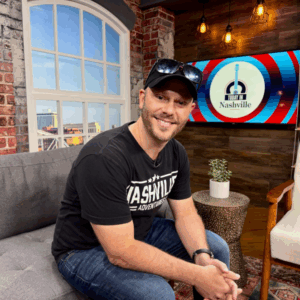
Paul Whitten, a U.S. Army veteran and Returned Peace Corps Volunteer
Whitten deployed to Afghanistan with the Army as part of a counterinsurgency mission, which he likens to a “hearts and minds operation.” For Whitten, the experience highlighted direct parallels between military and Peace Corps service.
“The United States Army was providing security for the local population that was building schools for girls,” Whitten said. “We were increasing the local population’s capacity to do things as they defined it, which encouraged a high opinion of the United States. That’s a lot like the Peace Corps, because there’s no other entity in the world that increases the capacity of a local population as that local population defines it. Peace Corps is about a foreign country requesting assistance and the United States providing that assistance.”
It was Whitten’s time “leaving the wire” outside of his forward observation base to provide security for those school-building efforts in Afghanistan that inspired his future Peace Corps service as a TEFL (Teaching English as a Foreign Language) Volunteer in Armenia.
“It was an amazing moment when those Afghan girls went to school for the first time in decades,” Whitten said. “I saw firsthand the impact of the United States government’s efforts to increase the likelihood that a woman could pursue her dreams through education. That experience with the Army exposed me to perspectives I didn’t have before, and that led to my future decision to join the Peace Corps.”
Similarly, Ham’s deployment with the U.S. Navy on the USS Coral Sea created opportunities to engage local populations around the world and inspired his future Peace Corps service as a middle-school math teacher in French-speaking Guinea.
“Every country where we pulled into port was a revelation of the cultural diversity and beauty of the world,” Ham said. Applying his language skills in various locations gave Ham a sense of connection. “It’s like the Nelson Mandela quote,” he said. “If you talk to a man in a language he understands, that goes to his head. If you talk to him in his own language, that goes to his heart.”
Preventing Conflict by Building Relationships
David White also deployed to Afghanistan as part of the surge of troops sent to Iraq and Afghanistan during the Obama administration. But shortly after his arrival, U.S. special operations forces killed Osama bin Laden and the U.S. announced plans to begin withdrawing the influx of troops.
For White, the local population’s reaction to the announcement reinforced what the U.S. presence in Afghanistan meant to them. Their concerns resonated with him later, in his future roles at the National Security Council and as Deputy Director of the Peace Corps.
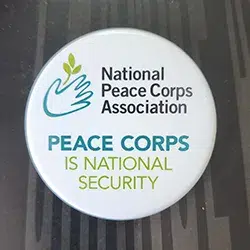 “My Afghan counterparts began asking why they should continue working alongside us if we were going to leave and the Taliban was going to stay,” White said. “That experience reinforced the idea that national security is about more than firepower: It’s about trust, consistency, and long-term relationships. In Afghanistan, my platoon worked alongside Afghan partners to build something better, however imperfectly. At the Peace Corps, I saw Volunteers forging those same kinds of connections—teaching, learning, listening, and building trust.”
“My Afghan counterparts began asking why they should continue working alongside us if we were going to leave and the Taliban was going to stay,” White said. “That experience reinforced the idea that national security is about more than firepower: It’s about trust, consistency, and long-term relationships. In Afghanistan, my platoon worked alongside Afghan partners to build something better, however imperfectly. At the Peace Corps, I saw Volunteers forging those same kinds of connections—teaching, learning, listening, and building trust.”
Over seven decades of relationship building and implementation of international development programs, Peace Corps Volunteers have provided a foundational bedrock for U.S. national security.
“The real work of preventing conflict happens long before a crisis makes headlines, and that’s where the Peace Corps comes in,” White said. “Volunteers live and work in communities with little other American presence, and they build relationships that endure for generations by learning the culture and speaking the language. During the Cold War, Volunteers served in newly independent African nations like Lesotho, Ghana, and Cameroon. Meanwhile, more than 5,000 Volunteers have served in the Pacific Islands, in countries now at the center of U.S. strategic competition in the Indo-Pacific.”
Countering Geopolitical Influence
Peace Corps Volunteers also provide a direct counterpoint to the propaganda campaigns that our geopolitical rivals, like China and Russia, use to depict the United States and its citizens in a certain way.
“Peace Corps’ presence provides a comparative analysis to what Russian media says about America,” Whitten said. “Peace Corps Volunteers are agents for change who increase a positive perception of Americans that is in our collective best interest as a nation. These are Americans responding to a country’s request for assistance, and this approach decreases the likelihood of extremism, anger, frustration, or negative perceptions of America. This in turn increases the likelihood of our citizens’ safety at home and abroad.”
Whitten, whose host country, Armenia, was a former member of the Soviet Union, points to the Peace Corps’ historical presence in the remote areas of another former Soviet republic—Ukraine—as an example of the strategic value Peace Corps Volunteers provide in furthering national security objectives.
War and peace are two sides of the same coin: Both are ultimately about public service, leadership, and showing up for our country and our partners – David White
“Villagers in rural Ukraine will remember that Peace Corps Volunteer who spent two years living in their community—living exactly as the local population live,” Whitten said. “Peace Corps’ presence shows we can be a conduit of truth, because we were in the community not as an invading army, but as an entity desiring to help.”
Furthermore, the continued presence of Peace Corps Volunteers year-over-year has established a legacy of service and long-term American commitment.
“It demonstrates an American commitment to international development and continues to have a profound impact on the communities where Volunteers serve,” said Ham. “No terrorist organization or foreign entity can negate the image of our Peace Corps program.”
A Safer America
American presence abroad—whether in the form of Peace Corps Volunteers, diplomats, or military forces—demonstrates the value of strong international relationships key to obtaining and maintaining America’s national interests.
“The United States military operates on one side of the spectrum in ensuring safety and diplomacy for our country and the world,” Ham said. “But Peace Corps’ presence allows our Volunteers to operate on the other end of the spectrum.”|
The international development efforts of Peace Corps Volunteers also results in stronger diplomatic ties with current and future foreign leaders, which in turn serves our national security interests.
“Many foreign heads of state and cabinet officials were educated by Peace Corps Volunteers,” White said. “Peace Corps Volunteers shoulder the responsibility of representing our nation in remote corners of the world. It shows the world that America cares.”
As such, the national security implications of sending Peace Corps Volunteers out into the world are real and long-lasting, whether explicitly stated by the agency or not.
“War and peace are two sides of the same coin: Both are ultimately about public service, leadership, and showing up for our country and our partners,” White said. “In the Army, I saw defense up close and personal. But through the Peace Corps, I saw just how essential development and people-to-people diplomacy are to our long-term security.” America’s strength doesn’t come from military might alone, but from the quiet, enduring work of building trust, partnerships, and people-to-people connections around the world—including through the Peace Corps.
Scott King is a Returned Peace Corps Volunteer (Grenada 2017–19), and the Founder and Executive Director of Regia Multimedia Services.
Related Articles
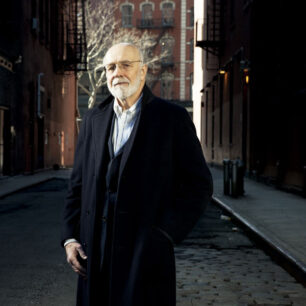
Made in America
Charlie Clifford (Peru 1967–69) is the founder of Tumi Inc., a global travel luggage brand, as well as Roam Luggage.…
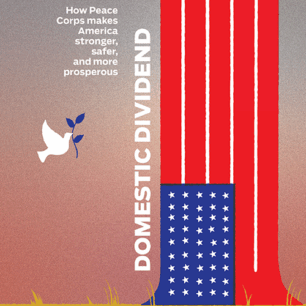
Spring/Summer 2025 Issue
This special issue of WorldView makes the definitive case for how Peace Corps makes America stronger, safer, and more prosperous.
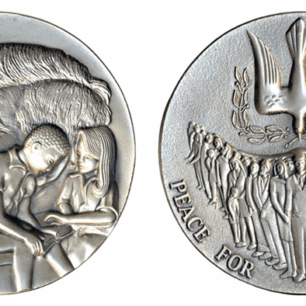
Return on Investment
As federal funding for international aid and cultural exchange programs continues to shrink, policymakers are increasingly asking whether these initiatives…
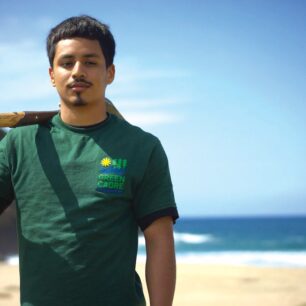
“Bigger Than Peace Corps”
California Service Corps is the largest state-based service program in the U.S. , with more than 10,000 volunteers across the…

